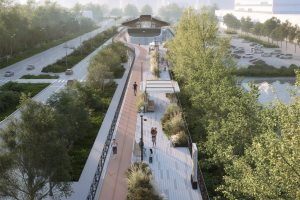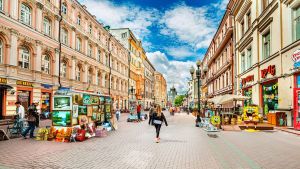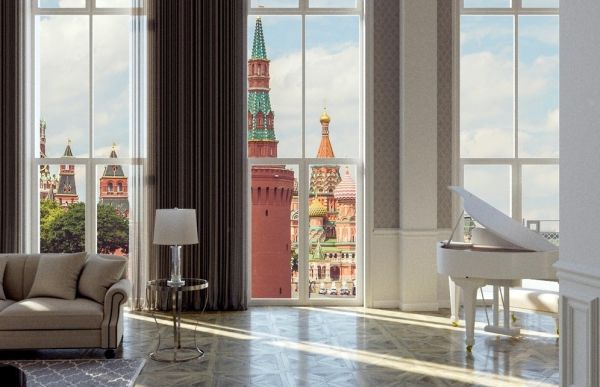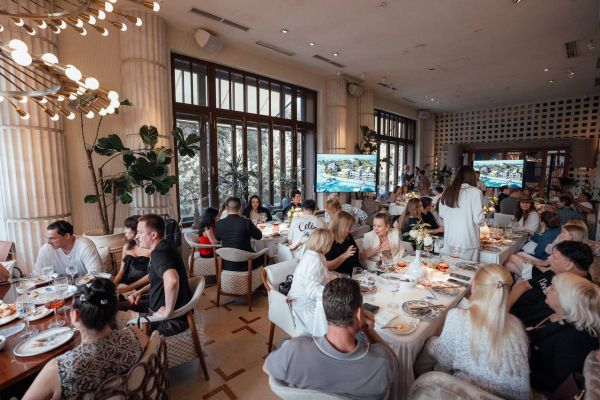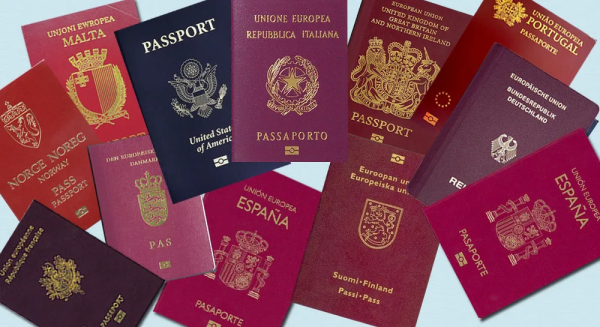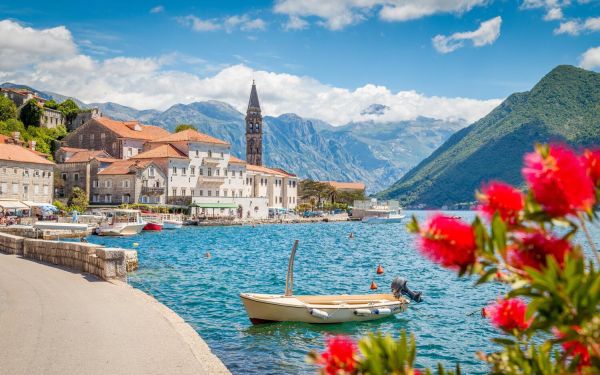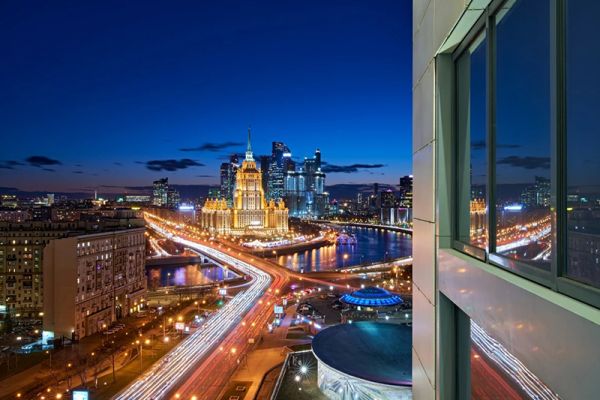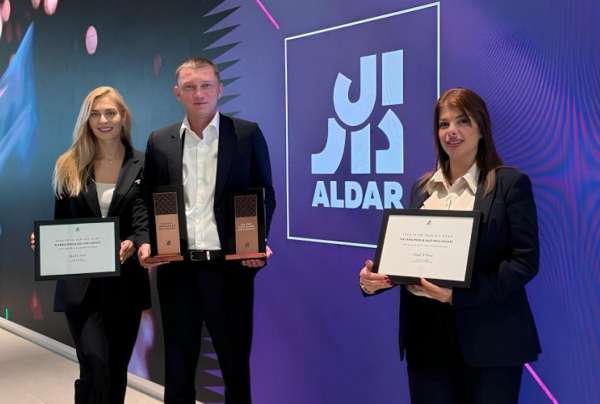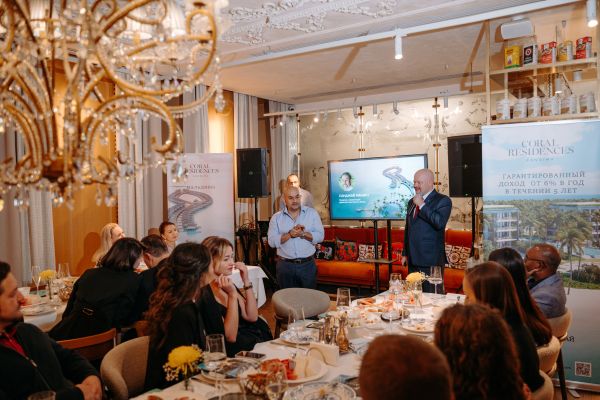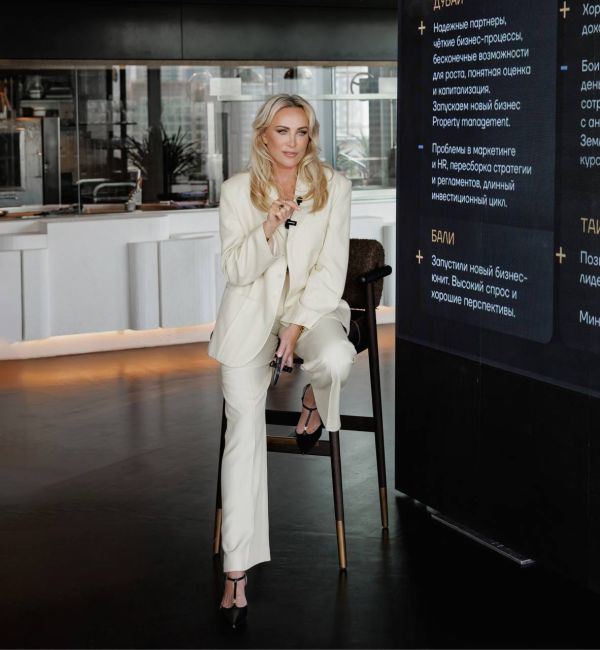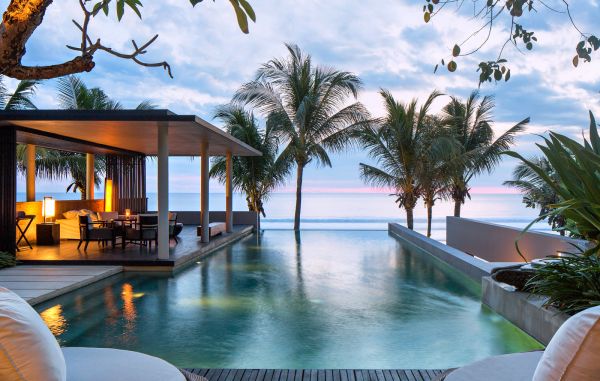Energy-efficient and energy-saving technologies in Russia are currently a trendy topic for discussion. However, the application of these innovations remains only a bold experiment. Why is this the case? And should we expect change?
Energy savings and efficient use of resources are global trends. However, while they are not only talk abroad, in Russia they are only being implemented by a few pioneers. Undoubtedly, there will come a time when this becomes commonplace, and our descendants, not even our great-grandchildren, will not imagine any other way of life. But this is such a distant future that it is simply hard to believe, although such houses are a reality in the West.
Most likely, the progressive nature of the West is due to the fact that energy efficiency became a topic there almost fifty years ago, while in Russia it only emerged at the end of the 2000s. And everything about it is simple, logical, correct, and even profitable for the consumer. For example, Lawrence Polak, Deputy CEO of Colliers International, cited energy-saving technologies used in the United States in the construction and maintenance of commercial real estate as an example. The most popular ones are the use of rainwater, rooftop greening, and solar panels. Rainwater is perfectly suitable for various household needs: cleaning, watering, and even for flushing toilets. This technology is particularly relevant in regions with water shortages. And rooftops are often turned into lawns, with trees and shrubs planted on them. This helps optimize heating or air conditioning costs in the building, as green roofing creates a kind of "multi-layered pie" that is valuable in winter for additional insulation and in summer helps reduce air conditioning costs. In addition, such a roof provides additional sound insulation and noise absorption. Solar panels are well known to everyone, so there is no point in praising them.
So, these trendy technologies are being implemented in practice. Their application indeed has an effect. However, this is an expensive pleasure. Polak notes that the payback for such projects only occurs after 10-15 years. Undoubtedly, this situation does not appeal to investors, which is why countries where energy-efficient technologies are developing and being implemented involve the state. For example, in the United States, there is a reduction in land lease rates. If we talk about ways for the government to influence this process, there are at least two approaches. Konstantin Philippishin, CEO of EcoDole, believes: "To change the situation for the better, government intervention is necessary. The impact can be negative - banning, inspecting, licensing - as well as positive - subsidizing, additional payments, granting grants for the construction of energy-efficient and environmentally friendly housing."
If we talk about all these technologies in relation to our country, one conclusion is obvious - no one is interested in them. Neither the government, nor us. Ekaterina Rumyantseva, Chairman of the Board of Directors of Kalinka Real Estate Consulting Group, notes that companies currently using innovative technologies and materials not only have no preferences but also face other difficulties. "There is no production of quality Russian materials, and in order to purchase imported ones, high customs duties must be paid. Failures also lie in regulatory barriers - all building codes, engineering and technical norms and regulations are long outdated." No one in Russia supports and promotes such construction, there are no organizations, and there are no innovative centers that provide objective information on all new technologies, conduct educational programs, expertise, provide opinions on draft laws, etc.
"Green" construction is not in demand by Russians themselves either. Alexander Dubovenko, founder of GUD WOOD, believes that developers can only be pushed towards building such houses by demand. "If we build a residential complex using energy-saving technologies and we have some advantages in sales, then of course we will build it and try to sell this product. But if we build a residential complex and in the end we get the same price, the same demand, then it will be just one of the "gimmicks" that won't particularly attract the customer. The customer is much more interested in the presence of a daycare center, a water park, a pond, or a zoo. There is no demand - we will not do anything." And we have no demand for these facilities! We have no civic consciousness in this matter, no civic position, and we solely approach nature from a consumer's point of view. It should also be considered that most of the population cannot afford any apartment, let alone housing in energy-efficient or energy-saving buildings. In addition, the cost of resources in our country is significantly lower than European prices. Perhaps, when apartment bills are several times higher, we will feel the economic difference between a regular house and a technologically advanced one, and demand will arise.
And so, as always, everything comes down to money. The idea is good, it can be implemented, but who will pay for it? An investor will not operate at a loss, and a buyer is not willing to overpay for future bonuses. But is it really expensive?
All participants in the real estate market have unequivocally stated - expensive. Any project using the latest energy-saving technologies or efficient energy use is 20-25% more expensive than usual. In addition, the Western example is not always applicable to us.
It would seem that using rainwater in households is a great idea. But Alexander Golovachev, technical director of Colliers International FM, notes that in our country there is no water shortage, water tariffs are among the lowest in the world, so such a technical solution for our developers will simply be an additional expense. In addition, urban rainwater is a chemically active substance that cannot be used without purification. Therefore, the use of rainwater requires the organization of a special engineering system, where water will be purified to permissible standards. This requires finances and space.
However, it cannot be unequivocally stated that energy-efficient construction is always very expensive. Experts from RDI, which has real experience in constructing such buildings, state: "It is impossible to predict with one hundred percent certainty how much it will cost a developer to implement energy efficiency measures. The numbers here can be completely different. It depends on the professionalism of architects and involved specialists, as well as the set goals. For example, up to 50% energy savings can be achieved only through architectural solutions, which in turn may not cost anything in terms of material or technology expenses. An example is the "Southern Valley" suburb. The master plan of the project was developed with the possibility of energy-saving meridian-oriented planting of houses, thus we added maximum illumination inside the premises at any time of the year. As a result, we achieved savings without any nanotechnology!" They also emphasize that people often think that energy-saving measures are much more expensive than they actually are. For example, a marquisette, which can protect a house from overheating in the summer, costs only 2000 rubles, but at the same time it can reduce air conditioning costs by 90% in the room.
Our pioneers
But pioneers exist everywhere. In the Russian market, there are companies that build energy-efficient homes. Why do they do this, since the government does not help with this, and there is no frenzy demand as well?
The company RDI applies such technologies in its projects. For example, the houses in the "Western Valley" exceed the energy-saving requirements of construction norms by 20%. In addition, the company participated in the implementation of the "Active House" project, which consumes 10 times less resources than a simple house with a similar set of other construction characteristics. So far, there are no other houses with such indicators in the Moscow region. Why does it do this? There is definitely no additional profit in this, but it is through such projects that the company "tests" modern technologies: "For the "Active House" company, this is a kind of concept car, based on the results of testing which, we plan to build more affordable housing with all basic energy-efficient characteristics and launch it into the mass segment."
The company "Ecodolie" is originally focused on the principles of "green" construction, so it organizes environmental activities at its projects: separate collection of household waste, utilization of power sources and energy-saving lamps, introduction of children's educational programs on responsible attitude towards the environment. Undoubtedly, "Ecodolie" builds energy-efficient housing: the "Ecodolie Orienburg" settlement, where one of the houses even has zero energy consumption, and the "Ecodolie" settlement in Obninsk. For the company, these projects are an experiment, but it is confident that such projects are the future.
TEKTA GROUP also relies on international standards of housing construction and uses energy-saving technologies in its work. For example, a ventilated facade allows reducing heat loss and reducing electricity consumption for heating the premises. And unique light courtyards provide maximum natural lighting for all rooms in the residential complex. According to Alexey Balykin, Director of the Customer Technical Department, these innovations improve the company's image.
So, there are pioneers, and they are convinced that the market will come to such construction in the future.


